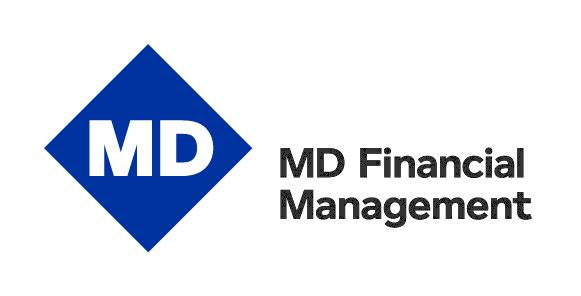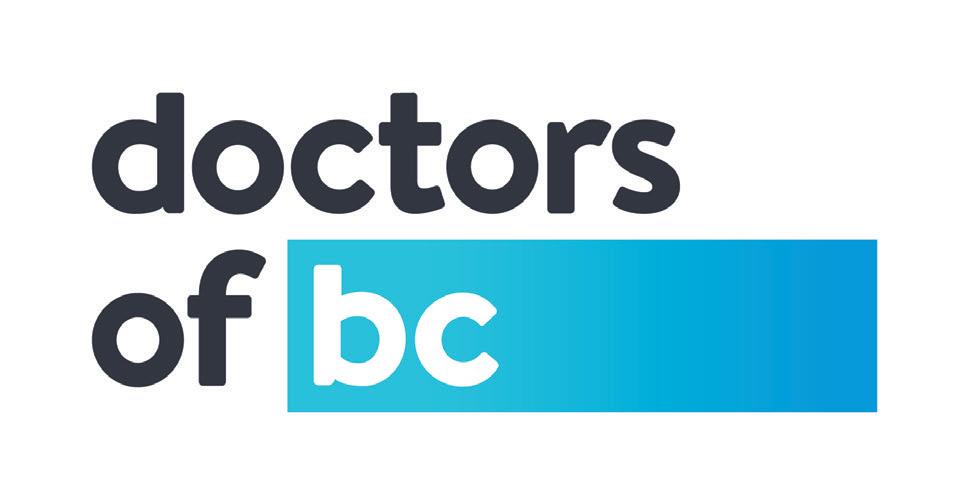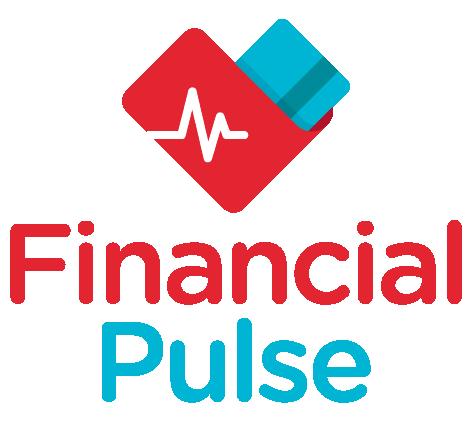
5 minute read
7 TAX DEDUCTIONS AND CREDITS FOR RESIDENT PHYSICIANS
Being aware of the tax breaks that you may qualify for as a resident physician can help minimize the taxes you pay. Here are seven tax deductions and tax credits that are worth looking into.
1. Tuition tax credits: Any tuition fees you paid during residency may be eligible for the non-refundable tuition tax credit. Fees paid for admission, application, use of library or laboratory facilities, diplomas, and mandatory computer service fees may also qualify for the tuition tax credit.
Advertisement
Tip: If you have unused tuition tax credits from your medical school years, you can apply the unused credits to reduce taxes payable. If there are still unused credits at the end of the year, it automatically carries forward. Any amounts paid in the current year and not used or transferred to an eligible person (such as your spouse or common-law partner or, under certain restrictions, a parent or grandparent) will automatically be available to carry forward as well.
2. Interest on student loans: If you have an existing loan under the Canada Student Loans Act, the Canada Student Financial Assistance Act or a similar provincial or territorial loans program (not a personal loan or line of credit), you can claim a 15% federal non-refundable tax credit on any interest you paid in 2022.
In April 2021, the federal government announced that no interest will accrue until March 31, 2023, on the federal portion of Canada Student Loans. That said, you may nonetheless have student loan interest paid that is eligible for a tax credit on your 2022 tax return.
Tip: If you didn’t claim the interest paid on student loans in the past, you can go back and claim it for any of the previous five years.
3. Moving expenses: If you moved at least 40 kilometres to be closer to a new work location in the past tax year, you may be able to claim a tax deduction for your moving expenses. Moving expenses can include transportation and storage costs, travel expenses, temporary living expenses, the cost of cancelling a lease, and utility connections and disconnections.
Tip: If you have sold and/or purchased a home due to your move, you may be able to claim advertising, notary or legal fees, real estate commission, property transfer taxes, and other registration costs.
4. Union, professional and membership dues: If you paid for membership in a B.C. medical association or the College of Physicians and Surgeons of British Columbia, these are generally deductible for tax purposes if they are required in order to order to practice. Union dues paid to a provincial residency (e.g., Resident Doctors of B.C.) are also generally deductible.
Tip: You don’t need to file your official receipts from the association or union with your tax return, but be sure to keep them in case the CRA asks to see them.
5. First-time homebuyers’ amount: If you were able to buy your first home, you might be able to claim a federal nonrefundable first-time homebuyers’ tax credit equal to 15% of up to $5,000 in the year of purchase. This can result in a tax savings of up to $750.

Tip: To qualify as a first-time homebuyer, you and your spouse or common-law partner must not have owned or lived in another home owned by either of you in the current or four preceding calendar years. You also must make the new home your principal residence within one year of purchase.
6. Child-care expenses: If you have children, the cost of daycare, babysitters and full-time caregivers is deductible, to a maximum of $8,000 a year for children who are under 7 and $5,000 a year for kids aged 7 to 16. Generally speaking, the lower-income spouse or common-law partner must claim this deduction (unless that person is at school or disabled or the two of you are separated).
Tip: In practice, the CRA generally does not attach specific child-care expenses to specific children. That is, as long as total child-care expenses don’t exceed the defined limits per child multiplied by the number of children, all eligible child-care expenses are generally allowed. To maximize your base for child-care deductions, make sure to report on your tax return all your children who are 16 years and under, and those with infirmities.
7. Medical expenses: If you incurred any medical expenses (including dental and eye care expenses) that aren’t covered by an insurance plan, you may be able to apply them against your taxable income.
There is a long list of eligible expenses, including medical cannabis, tutoring services (learning disability), travel expenses to get medical services and fertility-related procedures.
The above information should not be construed as offering specific financial, investment, foreign or domestic taxation, legal, accounting or similar professional advice, nor is it intended to replace the advice of independent tax, accounting or legal professionals.
LIFE INSURANCE: HOW MUCH DO I REALLY NEED?
Hali Stus – Insurance Advisor, Members’ Products and Services
When speaking with our members about life insurance, I am often asked, “How much do I really need?” That depends on a few key areas of consideration, and there is no onesize-fits-all approach. An experienced advisor can help you walk through your specific situation and will generally look at the following areas: final tax filings and legal fees to settle your estate. Residents who’ve had the opportunity to live debt free by the generosity of family often consider using life insurance to leave family money to repay them for their financial contribution, pay for funeral costs, or to take time off work to grieve.
Primary Capital Needs: These are outstanding debts such as a student debt, line of credit, or mortgage. Some residents are the primary income earner for their family. If they pass away, they want debt repaid to ensure their surviving family are not encumbered with loans and that assets are not reposed by creditors and instead pass to loved ones.
Income Replacement: This discussion is highly individualized, based on one’s situation and one’s comfort level with risk. If your spouse works outside the family home, is their income enough to cover living needs for the surviving family after all debts are paid off? The amount needed will vary based on the lifestyle and age of the children (if applicable). If there are no dependents, then the income replacement need may be minimal.
Secondary Capital Needs: These include money to cover the cost of dependents’ post-secondary education, charitable bequests, and final expenses, including burial,
Residents can apply for $100,000 of Doctors of BC life insurance without medical questions.

If you were a UBC medical student, you may add this coverage to existing life coverage you may have obtained during your studies, for a total of $200,000. Everyone’s needs are unique and you may require more coverage. If you prove good health, you may apply for up to $5M life coverage for you or your spouse. We are also able to offer individual policies through several major Canadian insurers.
How often should you review your life insurance? If it has been several years since you last reviewed or made changes to your insurance, please review your beneficiary details to ensure they accurately reflect your intentions. It’s an unhappy surprise for your heirs to find out after your death that your beneficiaries are out of date.
If you have questions and want to discuss your personal life insurance requirements, please speak with a non-commissioned, licensed Doctors of BC Insurance Advisor to get a proper assessment.
Email insurance@doctorofbc.ca or call 604-638-7914 for a complimentary appointment. Visit https://www.doctorsofbc.ca/ for more information on available plans.
FINANCES FOR RESIDENTS, BY RESIDENTS









